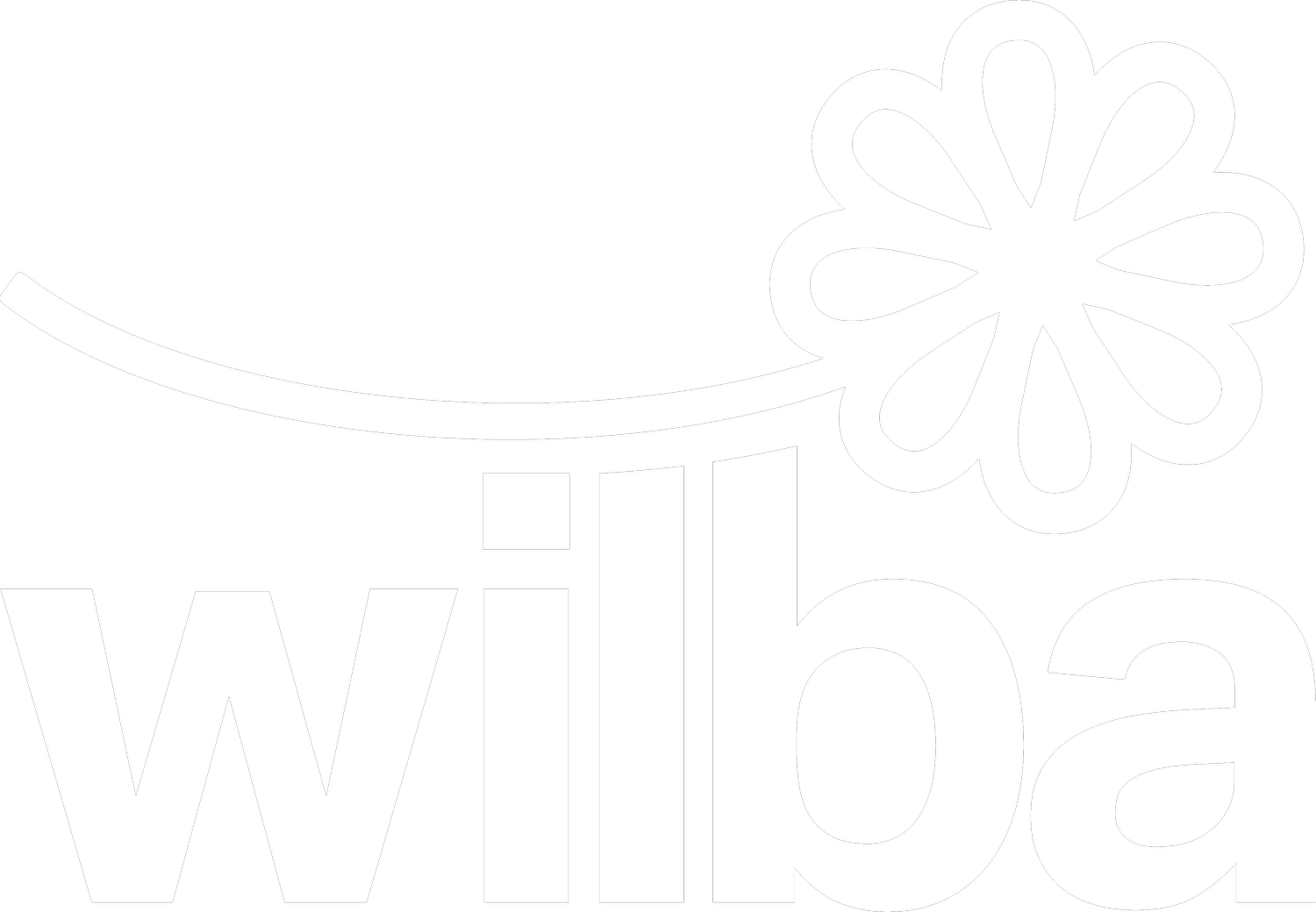A Tour of Planton Farm
According to Groundswell, regenerative agriculture is a really simple concept; it’s any form of farming i.e. producing food or fibre, which at the same time improves the environment and regenerates the soil. Indeed, the definition of the word ‘regenerative’ as a noun or adjective has connotations of revitalisation and renewal. Essentially, it’s more than just being kind to the soil, it’s giving back, enhancing the soil.
Although the term, and the movement itself, have really gained traction over the past five years, it has been around a while, with roots linked to the esteemed Rodale Institute in the USA and appearing in papers published during the 1980s. So why the sudden surge in usage? Why have we moved on from being ‘organic’ and ‘nature friendly’?
Ultimately, Regenerative Farming is both of these things, but rather than just putting a blanket ban on chemicals or allowing land to become ‘wild’, regen farming is guided by principles of good practise (5 of them to be precise) with a more holistic approach that encompasses food production, gut health, biodiversity loss, climate change, food systems and land management (plus it sounds cool).
“Regenerative farming isn’t just good for farmers, it is really the only way”
Clare Hill is one farmer that has fully embraced the Regenerative Method and now, once a month, opens her 80-acre farm in Shropshire to allow others to witness the method being put into practice. Clare’s career within the food and farming industry spans over 20 years and includes advising on policy for large corporations such as McDonalds and Arla as well as being Regenerative Agriculture Director of a 1,200- acre FAI farm. Clare’s passion for helping others learn and introduce regenerative principles into their own farming systems has bought her to Shropshire, where she shares her time between being hands on at the farm and her advisory work; you can often find her speaking at events such as the Oxford Real Farming Conference.
The starting point on the farm tour is the market garden. A Monty Don-esq delight of vegetables, fruits, herbs and legumes. Carefully planned and managed to produce food, but also act as a place of research. The size of the polytunnel is important factor; a hot topic in the UK is land use. As a large population on a small island, do we have enough space to really become self-sufficient? The polytunnel is large enough to sustain a couple or young family for a year, providing them with all the nutritional value they need. I didn’t get the exact measurements of the tunnel- it wasn’t huge, but it was certainly bigger than a lot of people’s gardens or allotments. Having a physical representation of how much land is needed to feed two people provided some real food for thought, often just looking at the food on our plate, it’s hard to imagine the scale of what it has taken for it to get there.
Higher up on the farm, lying just below the Clee Hill, is the Woodland Pasture. Designed with help from the Woodland Trust, the pasture has been planted into an edible Woodland, full of fruit and nut bearing tree saplings, but will, in the future, also be used for grazing. In fact, the trees are planted in rows that are far enough apart to allow the mobile chicken coop to pass through. Nifty. The trees will provide another form of produce on the farm that Clare and the team are hoping to run as a ‘pick your own’ engaging the local community with farming and food production and will also help to attract pollinators to the area.
Clare’s main love on the farm are the livestock. Planton Farm is home to cattle, pigs and chickens, who all play their part in the regeneration of the soils. The herd of Aberdeen Angus are managed on a rotational grazing system, following the advice of regenerative pasture consultants, Precision Grazing. Every day the cattle are moved on to fresh pasture, giving the sward (the grasses and herbs) and the soil a chance to absorb and breakdown the dung and use that to re-grow. This is especially important for increasing the diversity of the sward- your stereotypical grass grows back pretty quickly after being cut or grazed, but other, more delicate species of herbs need longer to regenerate.
All of this work to improve the pasture and the soil beneath is rewarded by the benefits that it produces. The enriched soil is great for biodiversity, with bacteria, fungi, invertebrates and insects thriving in these conditions. The management system now means less inputs are needed- weeds are controlled in the equilibrium of the multi-culture and the grass growth and nutritional value have skyrocketed. Clean pasture for grazing has stopped the need for wormers and this style of farming, which can seem daunting and a lot of work at the start, is actually easier down the line; very few farmers who adopt this system revert back to their old ways.
What struck me about Planton Farm was the amount of variation. Often, you will find that farmers categorise themselves, they are a ‘sheep farmer’, ‘an arable farmer’ or ‘a dairy farmer’ producing one, maybe two different types of food. With a regenerative system there is so much more diversity and a holistic approach to the whole farm, everything has its place and works together to compliment the other parts and at the centre of it all is nature.







